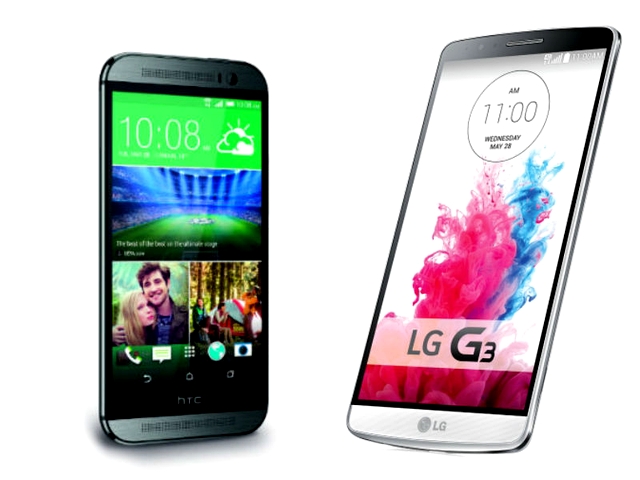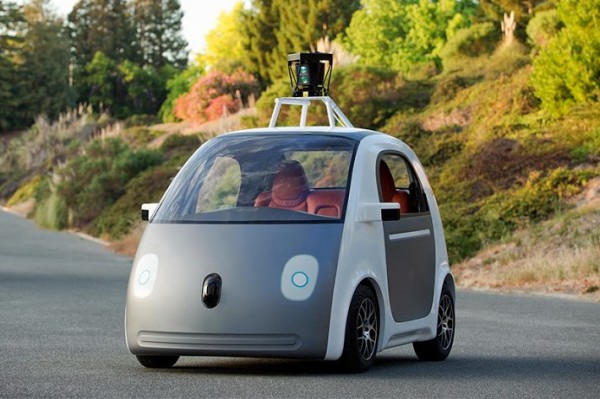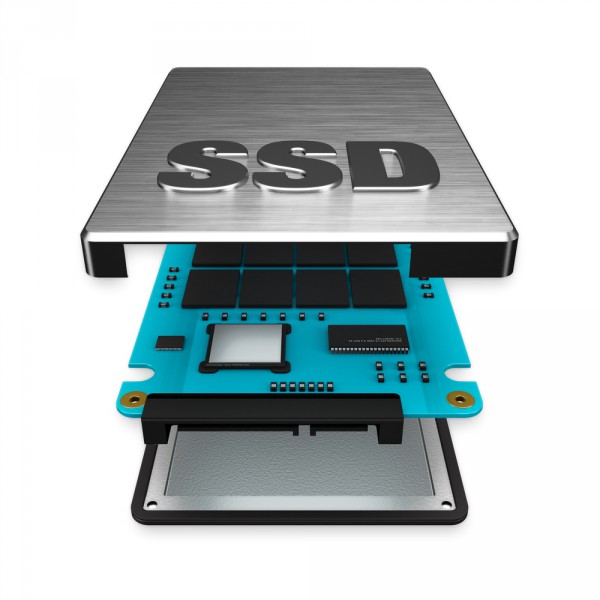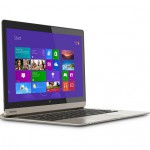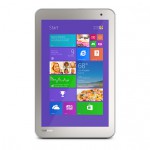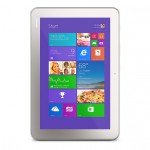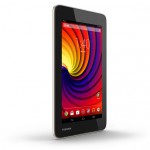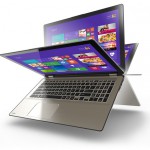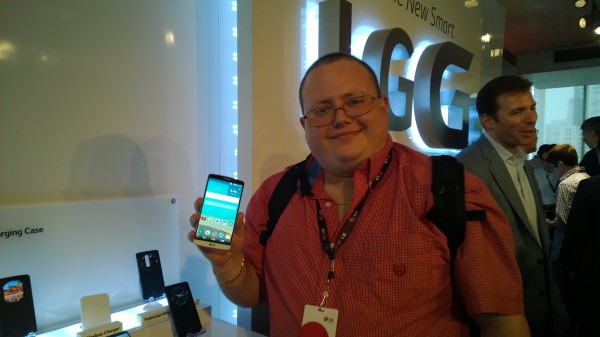
Android phones have become rather predictable. Year after year, we see specs increase and little else. In other words, the Android market has become stagnant. Even low-end phones are very good -- case in point, the Moto G. However, many consumers still want to have top of the line devices, so manufacturers keep pumping out flagships.
Today, I had the opportunity to attend the LG G3 event in New York City. Since I had already seen many of the leaked images, I was not expecting to be surprised. However, the company did surprise me by focusing on software and UI improvements in addition to the improved hardware. When I finally got my hands on the beautiful hardware, I surprised myself -- rather than focus on what the G3 hardware is, I focused on what it does.
Before I focus on the UI and feature improvements, I do want to get the specs out of the way. When I say "out of the way", I do not intend to minimize the enormous accomplishments made by LG on this front. However, I am fearful that they take away from the overall package. During the event, LG repeatedly stated that it wants to focus on simplicity. Well, hardware specs for the average user is anything but simple. Nonetheless, they must be discussed.
Specs
- Chipset: Qualcomm Snapdragon 801 (up to 2.5GHz Quad-Core)
- Display: 5.5-inch Quad HD IPS (2560 x 1440, 538ppi)
- Memory: 16/32GB eMMC ROM / 2/3GB DDR3 RAM / microSD slot (128GB max)
- Camera: Rear 13.0MP with OIS+ and Laser Auto Focus / Front 2.1MP
- Battery: 3,000mAh (removable)
- Operating System: Android 4.4.2 KitKat
- Size: 146.3 x 74.6 x 8.9mm
- Weight: 149g
- Network: 4G / LTE / HSPA+ 21 Mbps (3G)
- Connectivity: Wi-Fi 802.11 a/b/g/n/ac, Bluetooth Smart Ready (Apt-X), NFC, SlimPort, A-GPS/Glonass, USB 2.0
- Color: Metallic Black, Silk White, Shine Gold, Moon Violet, Burgundy Red
The star of the show from a hardware standpoint is the gorgeous display. Featuring a Quad HD resolution (2,560 x 1,440) packed into a 5.5 inch screen. This offers a mind-boggling 538 pixels per inch (PPI). What does this mean to the consumer? Your screen will look very good -- plain and simple. Your eyes should not be able to detect a pixel. I held the phone rather close to my face -- closer than I would hold it in actual use -- and it was breathtaking.
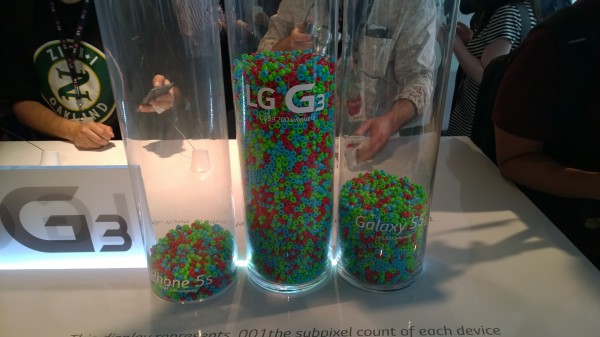
While that screen should drain battery quicker, LG claims that through optimizations such as CPU throttling and other advances, the additional drain will be negligible, if at all. Plus, there is a 3,000mAh battery, which should contribute to exceptional battery life.
When it comes to charging, LG has embraced the Qi wireless standard. This is the same charging standard found on the Verizon variant of LG's last flagship, the G2. This makes charging very easy, if you shell out the money for a charging plate. While the company will offer its own, you can find a cheap third-party option on Amazon for around $20.00.
The truly stand-out feature however (other than the rear buttons that launched with the G2), is the laser-focus technology. This allows the G3 to focus on an image, faster than a human blinks an eye (so claims LG). While it will be interesting to see how it works in real-world practice, it looked impressive in the demo. Photography is becoming an ever-more-important feature to consumers, so differentiating from competitors with the laser is a smart move.
Stills aside, the camera can also record 4K video. While 4K displays are rare in most homes, YouTube does support it. So, if you want to share something on Google's video service, why not shoot it in 4K? You will likely be glad you did in the future.
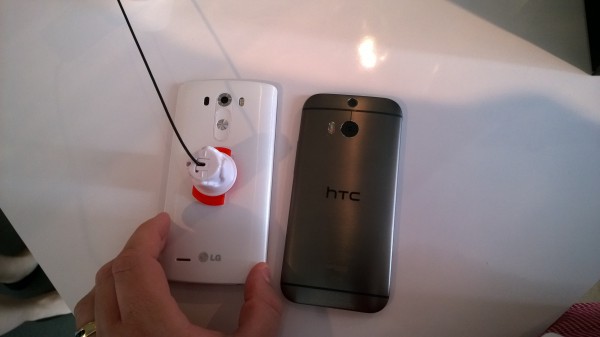
One of the coolest hardware features is not with the phone, but with an accessory. The optional QuickCircle case (seen in the video below) allows the user to access often-used features without interacting with the full UI. Instead, it serves as a shortcut window to get things done quicker. I particularly like the ability to to skip and pause tracks from the circle.
The phone feels wonderful in the hand -- very high quality. It is not too heavy and not too large. If goldilocks were to try out the G3, she would likely say it is just right.
User Interface and Software enhancements
This had me very impressed. Now, with Android, you can do a lot with third-party launchers and tweaks. But, many consumers will stick with the default UI and layout. Because of this, it is important to focus on the stock experience. LG has done a wonderful job here, by adding useful features and visual cues.
The flat icons and interface looks beautiful and portrays a very uniform and well-thought out experience. Surprisingly, on the home screen, LG has seemingly chosen to take on Google Now, with its "Smart Notice" assistant. When I pressed an LG associate to find out whether it was competing with Google Now, he refused to answer. I got the impression that he was instructed beforehand not to answer any question about that. Interesting.
The Smart Keyboard feature is both cool and disappointing. In the demo, it is shown that you can adjust the height of the on-screen keyboard. Sadly, this can only be done in settings and must be adjusted there every time. I was disappointed that it cannot be done on the fly. An LG representative explained that most people would have a set it and forget it approach. I disagree, some apps would benefit from a smaller keyboard, allowing the user to see more of the actual app. I hope LG investigates on-the-fly resizing in the future.
Also cool about the keyboard is that you can long-press the spacebar and move your finger left and right to move the cursor. It sounds like a small thing, but in actual use it's huge. If you need to adjust a typo or insert a word, you will not have to move your fingers from the typing position. It even monitors from the way you type, so it can learn how your fingers hit the keys. This will also prevent typos and will improve the more you use the phone.
Security was another key focus of LG and I think they nailed it in this case. Many users don't secure their phones because it can be tedious and difficult to constantly turn on and unlock it. A feature called Knock Code, allows the users to set up a special knock on the screen to both turn it on and unlock it. In other words, you do not have to find the power button, turn on the device and enter a pin. With the display off, you can knock on the screen in a certain pattern to access it.
The G3 also offers a Kill Switch, which may startle the conspiracy theorists. This feature allows the user to permanently disable the phone if stolen. Why would you want this? Well, the idea is, thieves will not bother stealing it, since it would be a paperweight when the kill switch is activated. Some people might be fearful that government agencies could use the kill switch for nefarious purposes, like quieting an online protester. Could it be abused? Sure, but I think the benefits outweigh the risks.
Overall
The LG G3 is just the type of phone to get Android enthusiasts excited. However, I think the allure of the phone extends far beyond that. Yes, the hardware is great and LG could have rested on that alone (and sold many of these devices). Instead, it looked beyond mere hardware and to actual users of the device.
Its simplistic approach to mobile computing should appeal to beginners too. In other words, whether you are an advanced Android user hanging out in XDA forums, or if you are buying your first-ever smartphone, you should be satisfied with the G3.



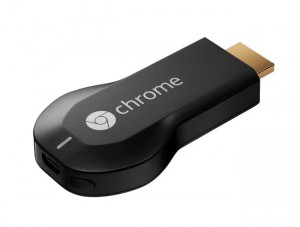 Last year, in fact, almost one year ago, Google unveiled Chromecast. The tiny HDMI dongle was a surprise addition to the latest Nexus 7 announcement, but launched in the US only. However, over the course of its existence, the company has been slowly rolling it out across other regions.
Last year, in fact, almost one year ago, Google unveiled Chromecast. The tiny HDMI dongle was a surprise addition to the latest Nexus 7 announcement, but launched in the US only. However, over the course of its existence, the company has been slowly rolling it out across other regions.


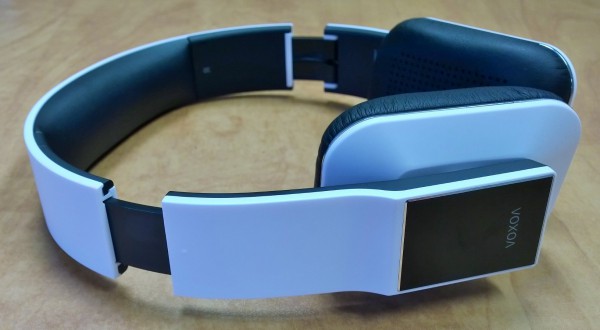
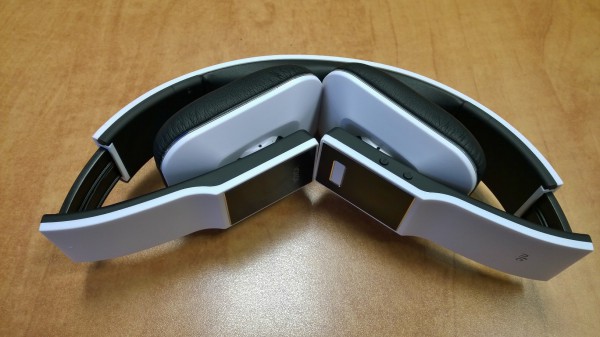
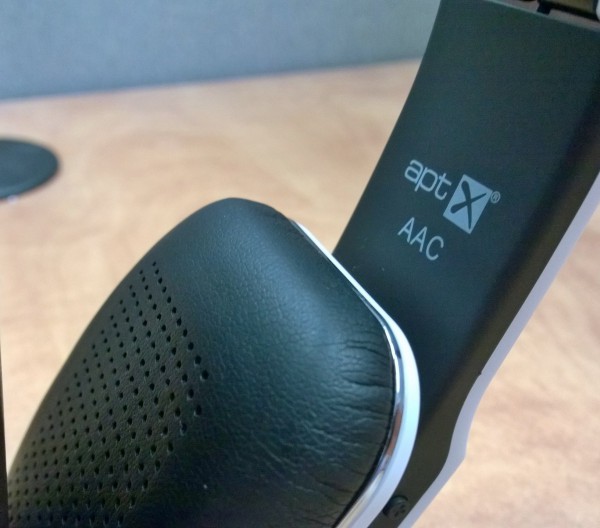
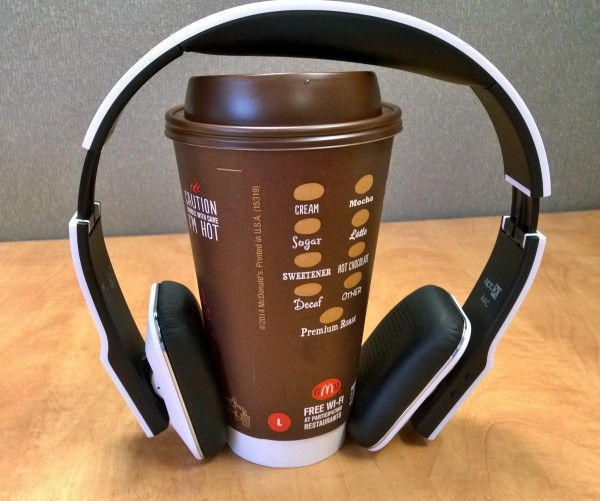
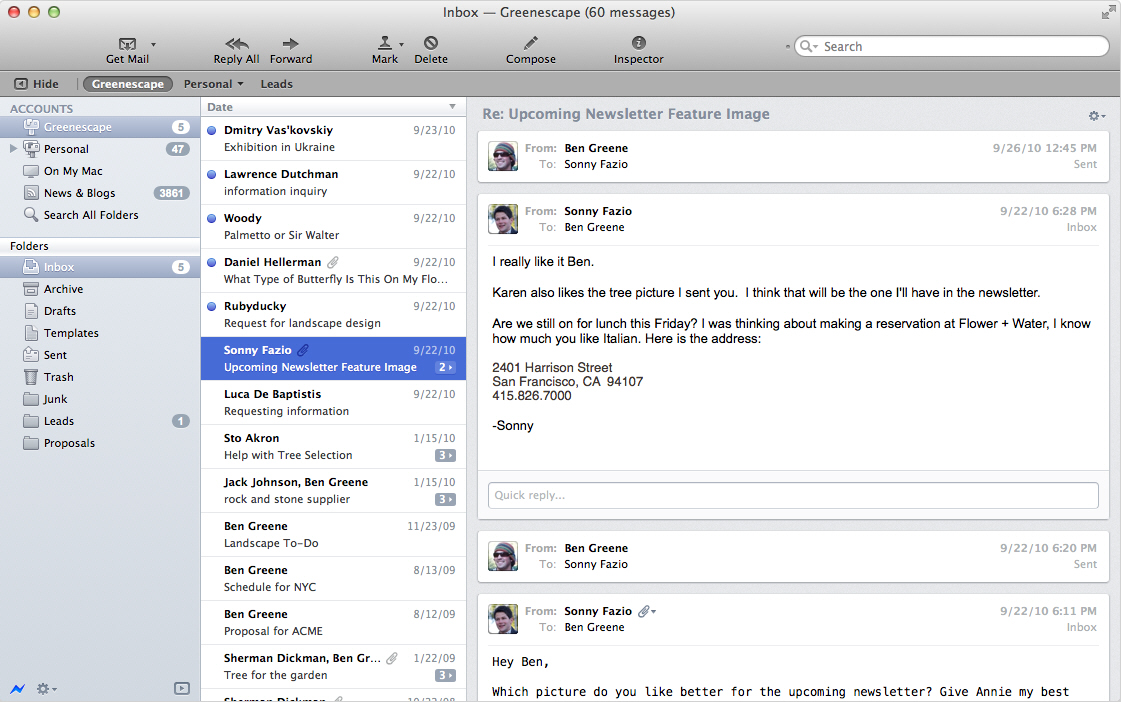
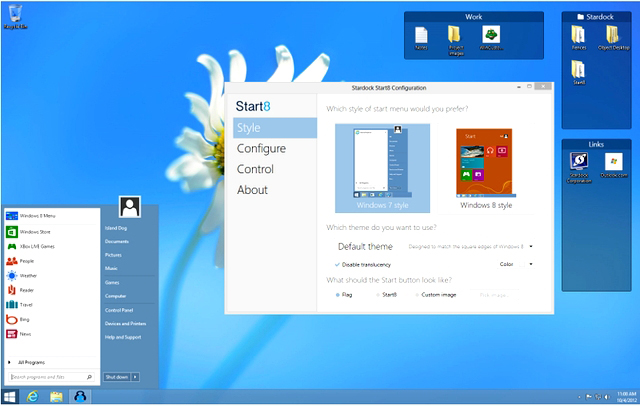
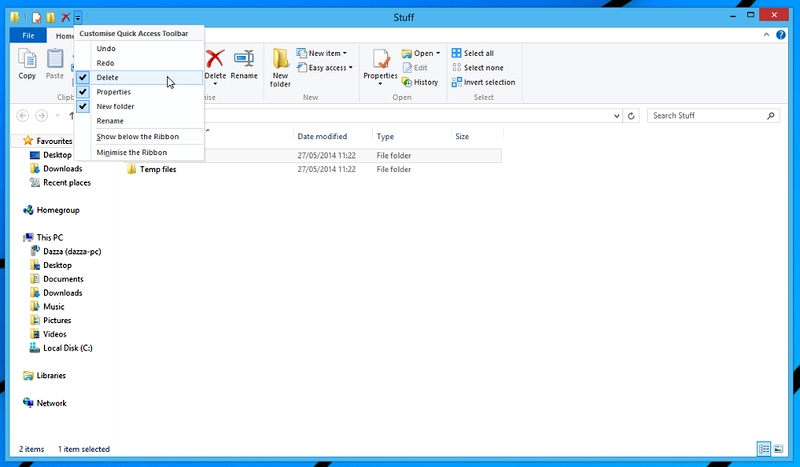
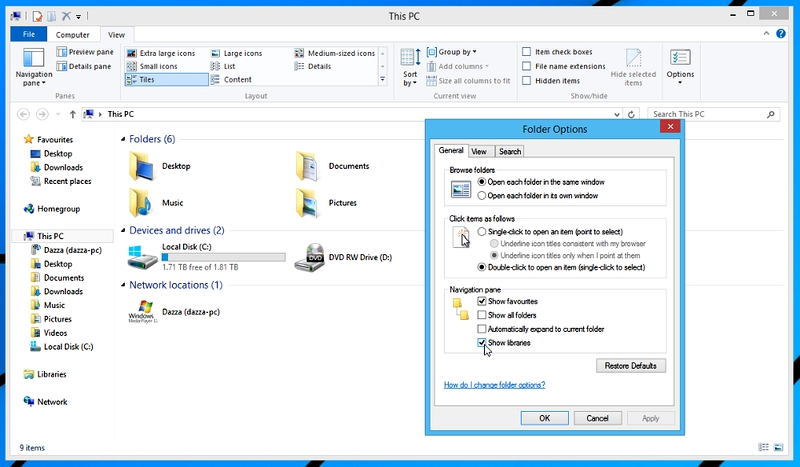

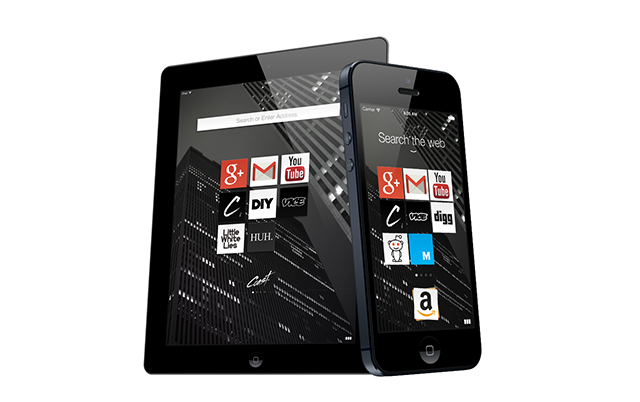

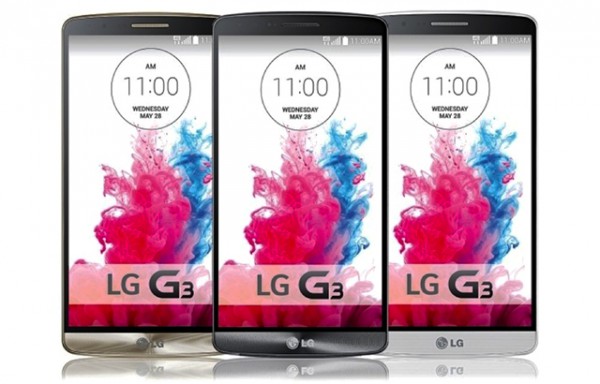

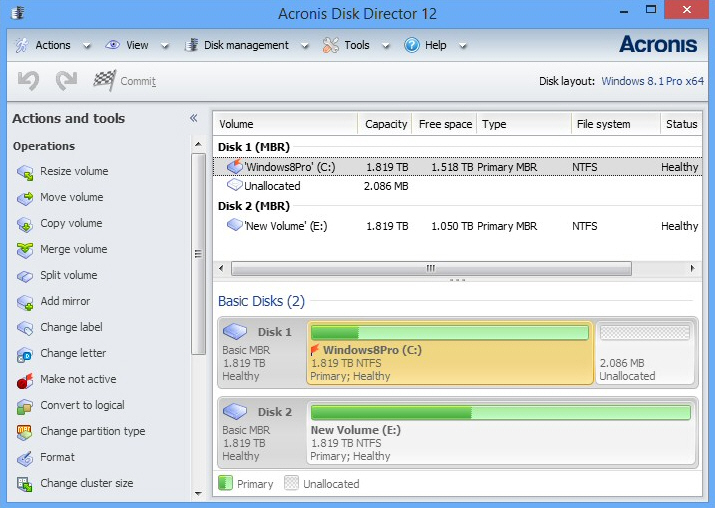
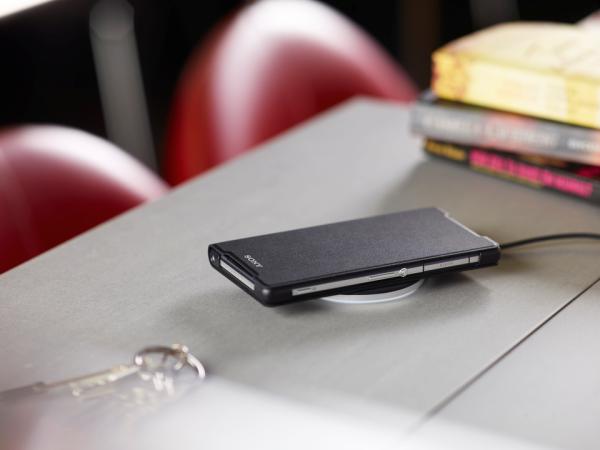
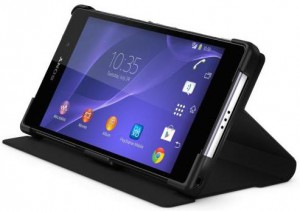 It adds 66 grams to the weight of the Xperia Z2, and measures 149 x 78 x 14 mm when attached to the smartphone. It is made of synthetic leather, in case you are wondering.
It adds 66 grams to the weight of the Xperia Z2, and measures 149 x 78 x 14 mm when attached to the smartphone. It is made of synthetic leather, in case you are wondering.
